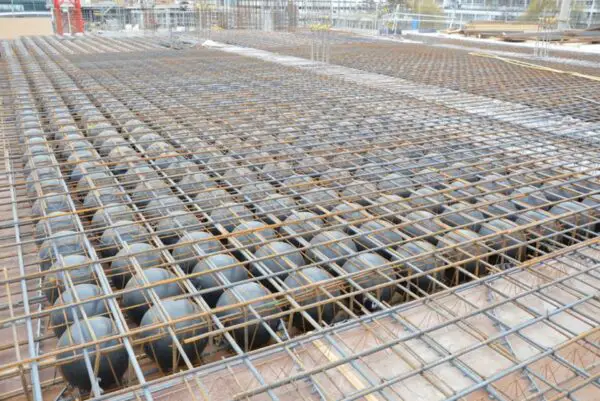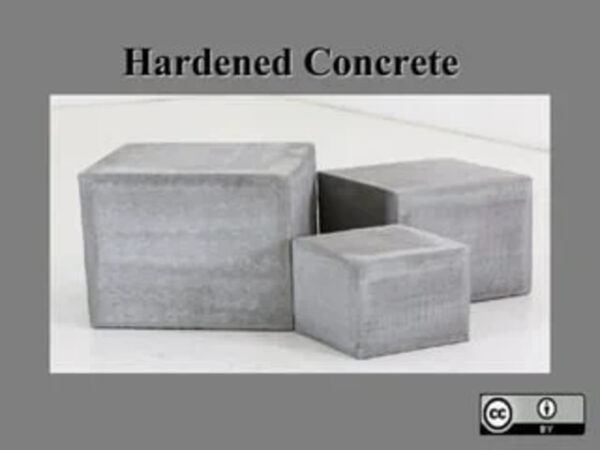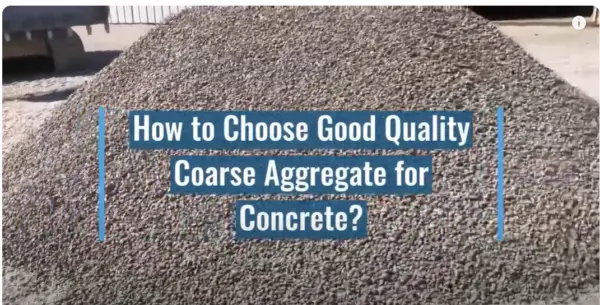Stamped concrete is concrete that has been patterned and textured to resemble design elements like brick, tile, stone, or even wood.
Rather than the smooth flat finish of standard poured concrete, it offers decorative appeal and visual interest for outdoor living spaces like patios, driveways, pool decks, and walkways.
After freshly placed and smoothed concrete begins curing, mats with the desired pattern and texture are pressed into the surface, embossing the design.
Pigmented releases, stains, or acrylic coating may be added to further achieve an authentic natural material aesthetic like slate or limestone.

Purpose
The primary purpose of modern stamped concrete is decorative and aesthetic versatility. By only requiring common concrete materials but achieving simulated looks of higher end materials like stone, tile, or wood, it provides budget-friendly customization options.
Beyond enhancing curb appeal, it’s traction and slip-resistance improves functional safety in high-traffic outdoor areas exposed to weather.
Integrally applying color and finishes also eliminates future maintenance needs like re-sealing typical with separate material layers.
Stamped Concrete Designs
Pattern variety provides essentially unlimited design possibilities .
- Flagstones, bricks and cobblestones
- Slate, travertine, bluestone looks
- Geometric shapes and custom logos
- Faux wood plank textures
- Stone veneers and ledgestone
Layering stamp mats over initial patterns produces even more custom combinations suited to landscape environments from modern to old-world classic styles.
Benefits of Stamped Concrete Patios
It offers homeowners several advantages for residential patio construction:
- Lower cost than natural stone, brick, or pavers
- Quick installation timeframes
- Extreme durability for decades of use
- Integral color for seamless appearance
- Minimal maintenance without sealing
- Customized aesthetic options
Proper base prep and use of concrete reinforcement improves long-term structural stability and stamped patio performance.
Applications of Stamped Concrete Designs
Beyond the typical patio setting, customized aesthetic appeal suits diverse applications:
- Outdoor kitchen areas
- Pool surrounds and hot tub platforms
- Driveways and landscape pathways
- Front porch entryways
- Retaining walls with built-in texture
- Focal point planter beds

Best Stamped Concrete Colors for Front Porch
Earthy beige tones, warm grays, and subtle red/brown hues resemble natural material finishes most appealing for front porch entries.
More neutral tones highlight pattern textures and cohesive design with landscaping finishes. Bolder custom colors suit auxiliary backyard living spaces instead.
Maintenance Requirements for Stamped Concrete
Unlike other surface finishes, quality requires very minimal maintenance thanks to integrated color, single-pour continuity, tighter surface density and higher durability.
Occasional pressure washing to remove dirt along with topical concrete sealer application every 2-4 years maximizes performance. Avoid chemical deicer exposure in winter.
Stamped Concrete Edging Border Options
Stamped borders are popular for framing patio edges, garden bed outlines or driveway perimeters.
Often a contrasting diagonal pattern, inset brick/stone textures make nice edges. For more subtle uniformity, emboss just the outer 6-12 inches rather than entire surfaces.
Stamped Concrete That Looks Like Slate Stone
Slate stone textures stamped into concrete mimic the dimensional layers, irregular shapes and surface shading effects of real slate at just a fraction of the supply and labor costs.
Using darker gray bases with layered multi-colored release powders achieves realistic appearances once patterns are pressed in place.
How to Clean Oil Stains Off
Diluted solvent-based concrete degreaser removes embedded oil stains on textured stamped concrete.
Pressure washers then clear excess residue and lift stains from impressions. Re-apply sealer to oil-prone areas like driveways and kitchens. Avoid acidic cleaners that damage concrete.
Fixing Cracks in Old Stamped Concrete
As it ages, surface cracks sometimes form.
After widening space and cleaning, inject flexible polyurethane or polymer-modified cement into cracks according to product specifications to fill.
Then re-stamp surface with original texture to obscure visible defects.
Best Way to Seal Stamped Concrete to Prevent Fading
Applying high quality acrylic or urethane-based concrete sealers every 2-4 years protects stamped concrete color integrity and prevents fading issues over decades.
Sealers waterproof surfaces and supply added stain resistance. Ensure proper prep first and allow sealer to fully cure before use.
Conclusion
With abundant finishes imitating premium building materials combined with concrete’s inherit strength, stamped concrete offers budget-friendly, low-maintenance customization for quality outdoor.
It gives living environments that mimic the aesthetic of luxury stone, wood or tile at a fraction of the investment cost.
When properly installed and cared for, stamped concrete performance endures beautifully for years.







